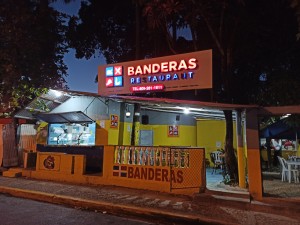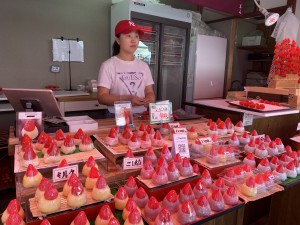EAT IN ASIA / Destinations / Japan
Japanese Tofu Guide: Silken, Hard, and the Special Koya Dofu from Mount Koya
Tags: JAPAN
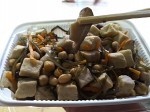
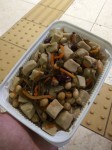


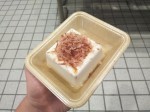
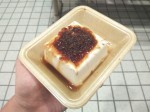

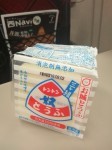
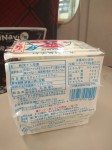
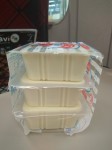
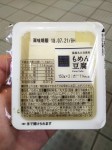
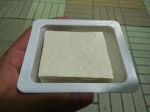
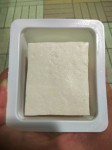
What Is Japanese Tofu Like?
Being in Japan and not eating the original Japanese tofu would be impossible for me. Without any doubt you can get tofu at yours, but that’s not the same thing. Tofu in Japan comes in a variety of textures and flavors, from silky soft to firm and freeze-dried. It's a staple in everyday meals, packed with plant-based protein and nutrients like calcium and iron.
Fresh, locally produced and in different forms. Soft, hard and freeze-dried tofu is highly available in stores and local shops. Tofu is also very common in bento boxes and added to many dishes. It is rich in calcium and iron. It is also a good source of proteins. What is more, it is low in fats and carbs.
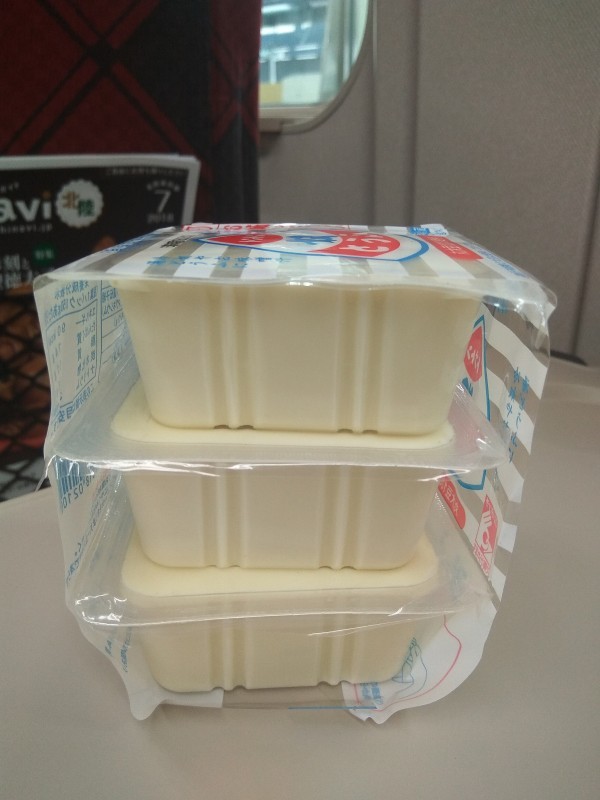
Soft vs. Hard Tofu – Which One to Choose?
Soft and hard tofu is widely available. It is sold as a snack in small packages of two or three cubes packed separately. You can find it in take away boxes both as a base of the meal and as a topping. As a lunch meal, hard tofu is served only with soy sauce and bonito flakes – fermented, dried and smoked fish flakes.
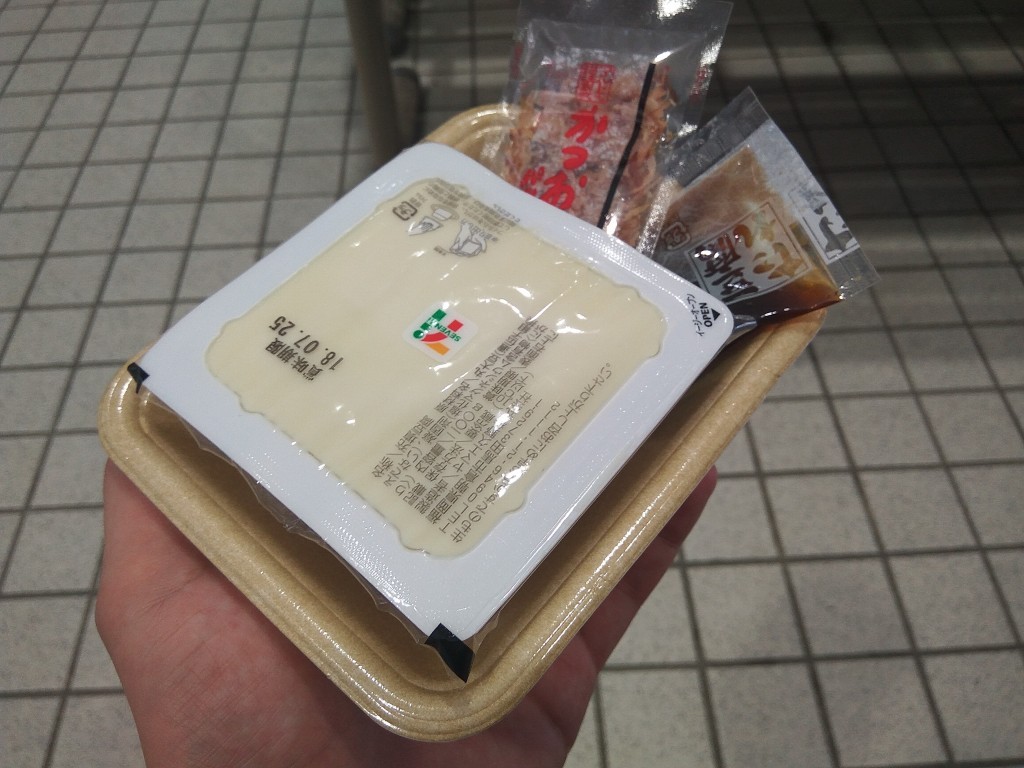
Soft tofu is silky, a little bit creamy and it is a pleasure to eat it separately. It is full of unique flavors, so there is no need either to soak it in any sauce or marinate it before serving. I would say that you could just eat it like a dessert. At home I am using soft tofu for shakes with fruits or mix it with chia seeds to get a pudding, but here, in Japan, we haven’t found anything like that.

Hard tofu is quite different. The color is darker, and you can often see a square pattern left after straining. The taste is less subtle, it is more crumbling and savory. The idea of soaking it beforehand is a good one. Adding some soy sauce, mirin and wasabi accentuates its aromas and make it ready for frying or for eating it straightforwardly. Topping hard tofu with fish flakes or with cut seaweeds is a hearty and satiating meal.

What Is Koya Dofu (Shimidofu)?
While soft and hard tofu is very popular also abroad, freeze-dried tofu is not so commonly used. So, what is that? What is like? How to serve it? Koya dofu also known as shimidofu is made of soy, some coagulants and baking soda. It also uses nigari, that is more or less a composition of magnesium chloride with some parts of magnesium sulfate.
Koya dofu is usually sold in packages and looks like a box of sponges. As it is dehydrated before packing, prior to serving it should be soaked in water, broth or any sauce. Koya dofu is mainly used in stews and soups. As it is highly absorbent, boiling it all together gives tofu extra flavors. You can also make a traditional Japanese marinate based on soy sauce, mirin, sake, dash of wasabi and a little bit of sugar. Then put it to the fridge for a couple of hours or for overnight. Koya dofu is tougher than a regular tofu, however it is still tender.
Another good point about shimidofu is that while dehydrated, you don’t have to store it in the fridge and you can keep it for a longer period of time.
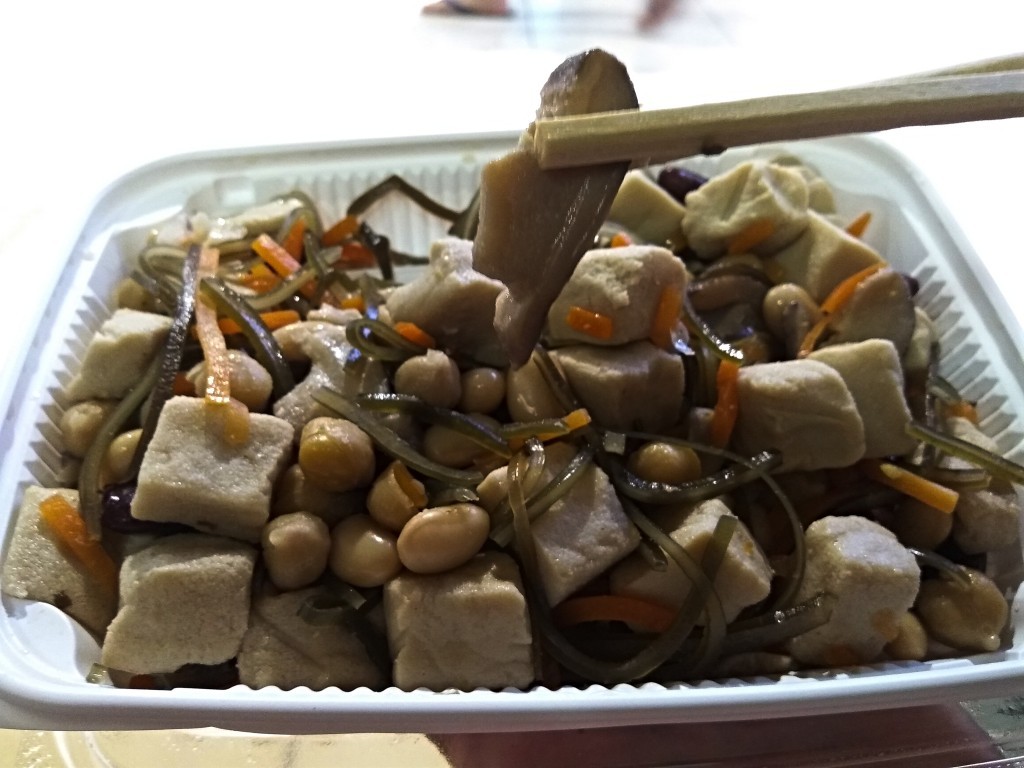
Is Tofu a Good Meat Alternative?
And remember – tofu is a really good source of proteins, so it is a great alternative for meat. You can also try Goma Dofu - a tofu-like dish made from sesame seeds.
If you're looking to reduce meat or animal products, tofu is an excellent option. It’s low in fat, rich in protein, and works well in many dishes – from soups and stir-fries to cold salads and even desserts.
Last updated: July 23, 2025
Date: 2018-08-01
Author: Beti – A passionate traveler and lover of Asian cuisine, especially Thai and Japanese dishes, Bernadeta brings her culinary and cultural experiences to life in her writing. Beyond her travels, she’s an avid technology enthusiast with a deep interest in data processing, merging her love for exploration with analytical insights.
Photographer: Adalbert – An aficionado of computers and photography, Adalbert captures the essence of diverse cuisines with a discerning eye. A connoisseur of rich flavors and particularly fond of meat-based dishes, he combines his technical skills with his passion for the culinary arts in every shot.
